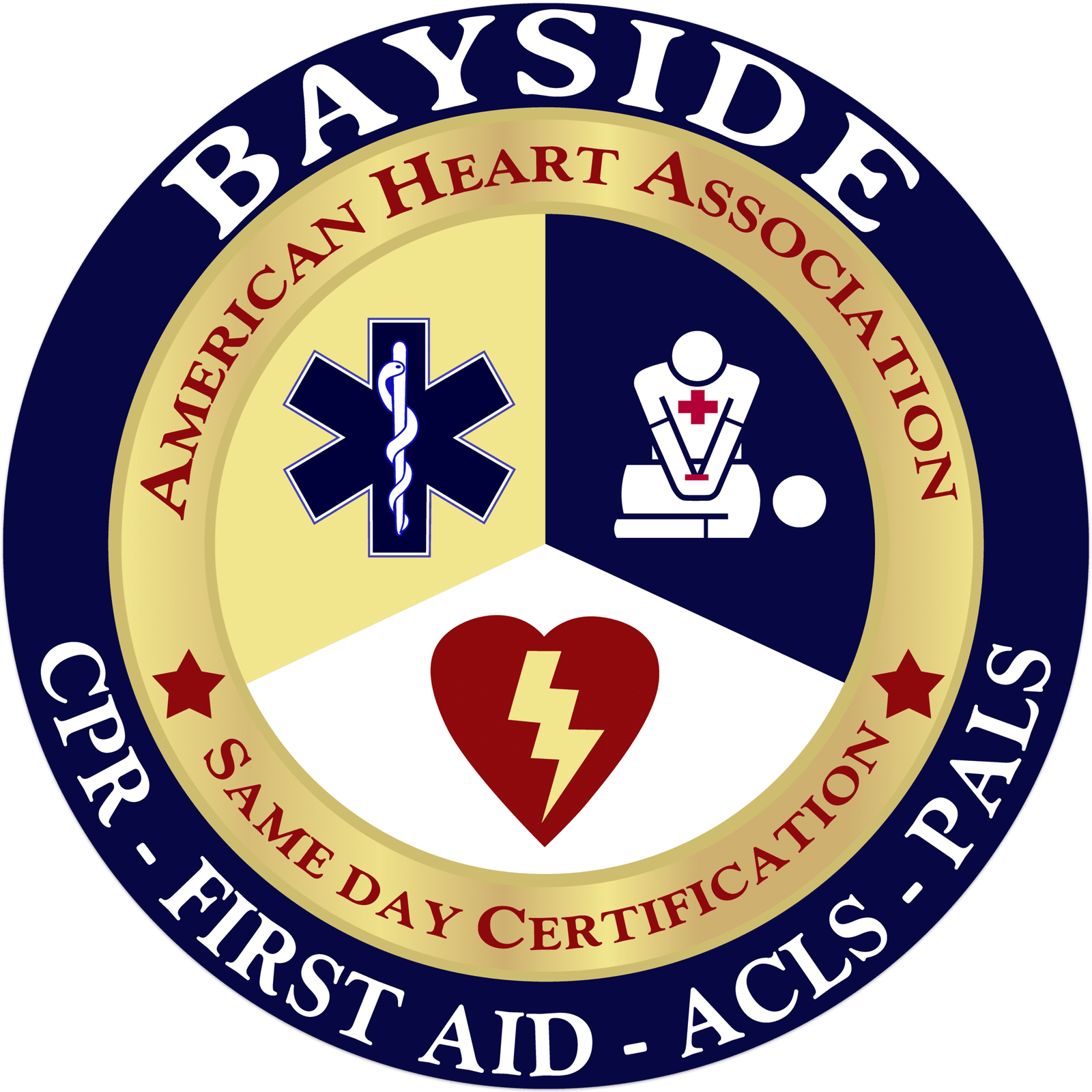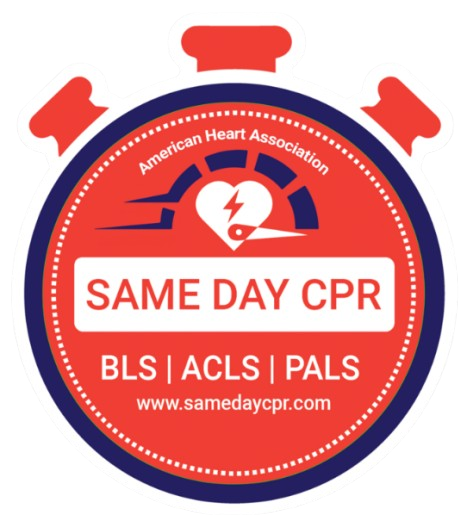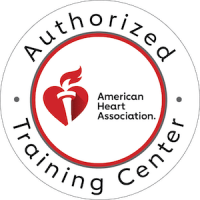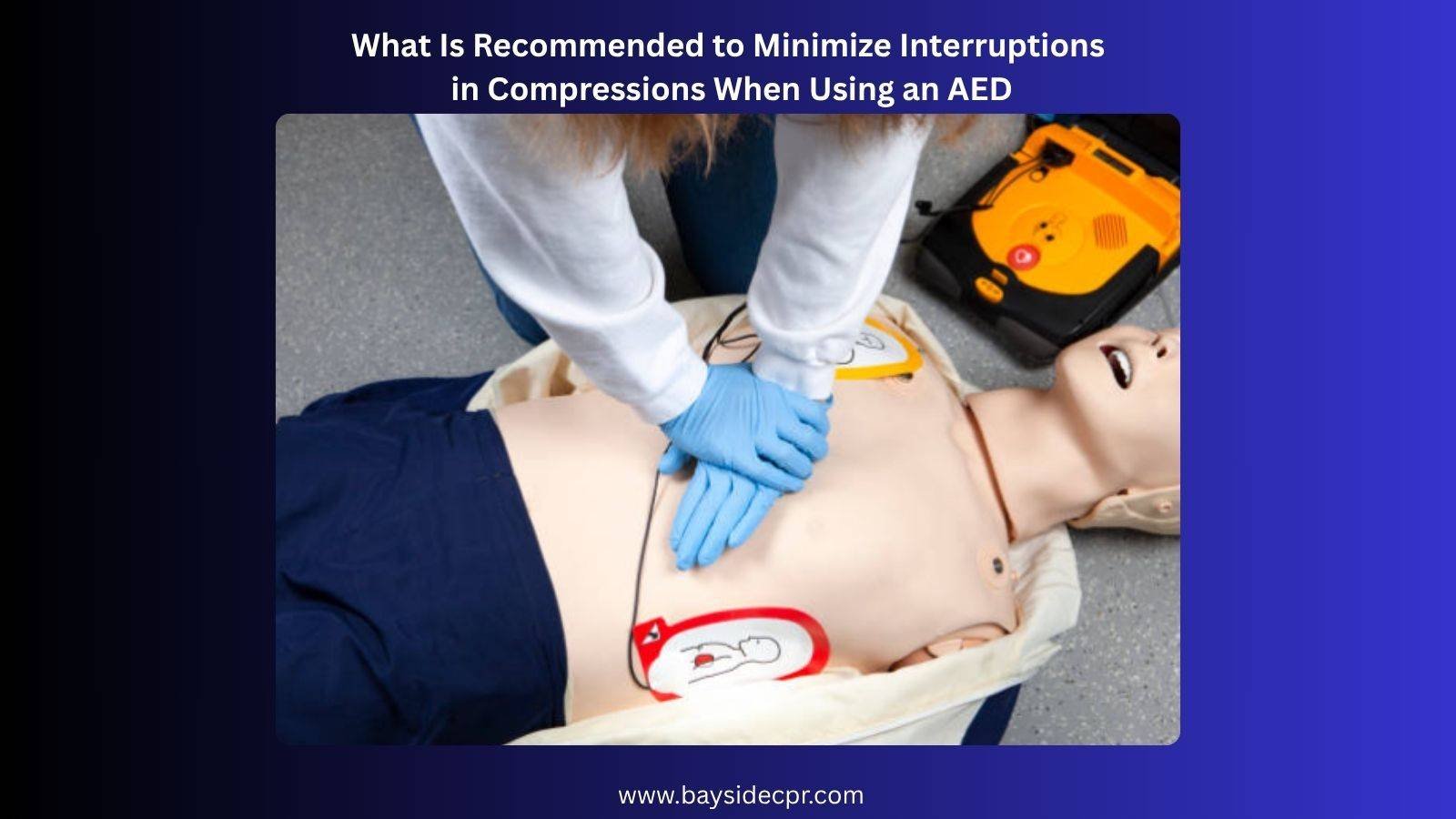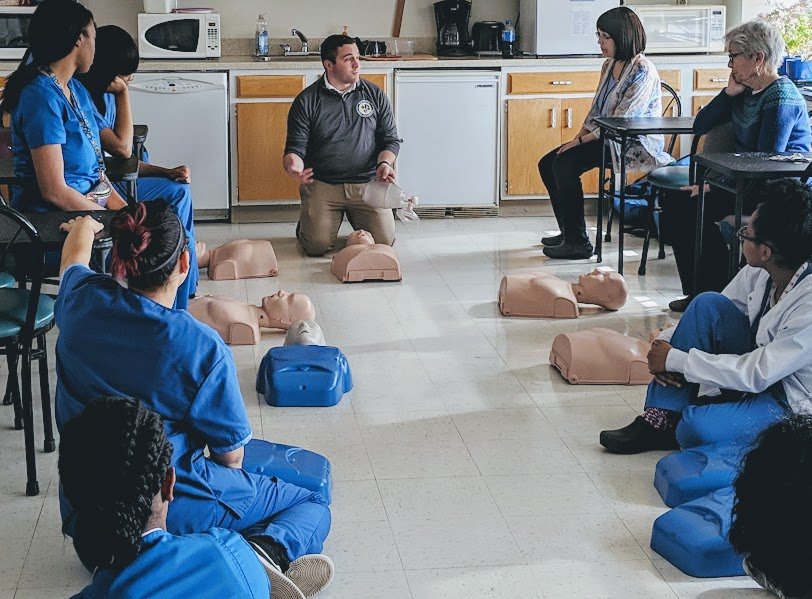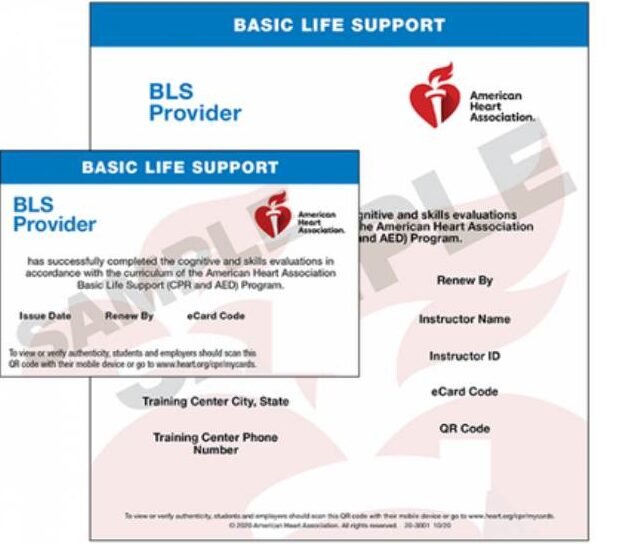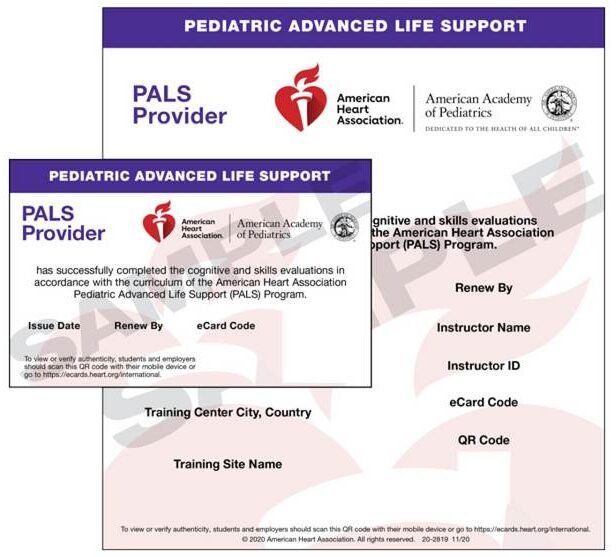When there’s a sudden cardiac emergency, every second counts, and maintaining effective chest compressions can significantly improve the chances of survival. Using an automated external defibrillator (AED) becomes a crucial part of the rescue effort, but it’s equally important to keep interruptions to a minimum during compressions. Constant, uninterrupted CPR ensures that blood flow to vital organs continues, giving the victim a better shot at recovery. Therefore, focusing on strategies to reduce pauses when using an AED can make a real difference, helping responders provide more consistent and effective aid during these critical moments. Also know about CPR and AED: When and How to Use Them Together
Why is it crucial to maintain continuous chest compressions?
Maintaining continuous chest compressions during CPR is vital because it keeps blood circulating steadily to the brain and vital organs, increasing the survival chances of someone in cardiac arrest. When compressions are interrupted, blood flow briefly stops, which can lead to brain damage or decrease the likelihood of a successful rescue. Performing compressions without pause ensures that oxygen-rich blood keeps reaching the body’s core, providing the organs with what they need to stay alive until emergency help arrives. Staying consistent and persistent with compressions demonstrates a critical balance between speed and pressure, making all the difference in a life-and-death situation.
Common Causes of Interruptions in Compressions
Here are five common causes of interruptions in chest compressions during CPR
- Rechecking the patient’s rhythm or pulse: Pausing chest compressions to assess the heart rhythm or check for a pulse can lead to interruptions.
- Airway management: Adjusting or inserting advanced airway devices, such as intubation for airway suctioning, often requires temporarily stopping compressions. However, once an advanced airway is in place, CPR is performed differently to allow for continuous chest compressions with breaths given independently of the compression cycle.
- Providing ventilation: Administering rescue breaths or switching between compressions and ventilations can cause pauses.
- Emergency equipment or supplies: The need to fetch or use tools like defibrillators, medication, or other emergency equipment can interrupt compressions.
- Rescuer fatigue: As rescuers tire, they may need to pause to rest, which can reduce the quality and continuity of compressions.
Effective Tips for Using an AED While Maintaining Continuous Chest Compressions
Using an AED quickly can greatly improve survival chances during cardiac emergencies. Keeping focused on continuous chest compressions while delivering the shock ensures the best outcome for the patient.
1. Ensure Safety First
Before using an AED, ensure the area around the person is safe for both you and them. Look for hazards such as water, traffic, or electrical dangers, and move the person only if it is safe to do so. Making sure the area is safe helps protect everyone and creates a secure environment for providing life-saving aid.
2. Start Chest Compressions Immediately
As soon as you confirm the person isn’t breathing normally, begin chest compressions without delay. Push hard and fast in the center of the chest, aiming for a rhythm of about 100 to 120 compressions per minute. Rapid action keeps blood flowing and improves the chances of revival before further help arrives.
3. Prepare the AED while compressing.
While performing chest compressions, have someone else get the AED ready near the person. Turn on the device and follow its prompts, ensuring pads are correctly placed once it’s time to deliver a shock. This way, you maximize saving time and keep the compressions continuous to maintain blood circulation.
4. Proper Pad Placement
Place the AED pads firmly on the person’s bare chest, with one pad on the upper right side and the other on the lower left side, just below the armpit. Make sure the pads are facing the correct direction and are well attached to ensure the AED can analyze the heart’s rhythm accurately. Proper placement is crucial for effective shock delivery.
5. Follow AED Prompts Exactly
Listen carefully to the AED’s instructions and follow each step precisely, whether it’s analyzing the heart rhythm or delivering a shock. Avoid interruptions in chest compressions unless directed to stop by the device. Strict adherence to the prompts ensures safe and effective use of the AED during the emergency.
6. Continue Chest Compressions Until Help Arrives
Keep performing chest compressions at a steady pace until emergency personnel take over or the person shows signs of recovery. Consistent compressions maintain vital blood flow and hold the heart’s rhythm steady, giving the person the best chance to survive until professional help arrives.
7. Use of a CPR Feedback Device
A CPR feedback device provides real-time guidance on your compression depth and rate, helping you perform effective and consistent chest compressions. Using this technology can improve the quality of CPR, ensuring you deliver the optimal effort needed to support circulation until professional help takes over.
8. Minimize Interruptions
Focus on minimizing interruptions during CPR by staying committed to continuous compressions, only pausing when necessary, such as when analyzing with the AED or giving rescue breaths if trained. Keeping pauses brief maximizes blood flow and increases the person’s chance of survival.
Training and Preparedness
CPR and AED training play a vital role in helping bystanders respond confidently during a cardiac emergency. Knowing how to act quickly can make the difference between life and death, especially in those critical first few minutes. The importance of regular CPR training is necessary because hands-on practice builds muscle memory, reduces panic, and sharpens response time when every second counts. It’s also essential to become comfortable with the AED, understanding its prompts, how to attach the pads, and following its guidance without second-guessing. The more familiar you are with the process, the more likely you’ll take action without hesitation. Whether you’re preparing for the CPR certification exam or just want to keep your skills up to date, it’s smart to review your CPR training every 6 to 12 months.
Be Ready to Act: The Lifesaving Power of Continuous CPR and AED Use
In the face of a cardiac emergency, quick thinking and steady hands can mean the difference between life and death. Consistent, uninterrupted chest compressions paired with the timely use of an AED create a powerful combination that boosts the odds of survival. Minimizing delays—whether from equipment setup, rescuer fatigue, or unnecessary pauses—helps maintain crucial blood flow to the brain and heart. By practicing these skills regularly and staying prepared, anyone can step up with confidence when seconds matter most. With the right training and mindset, you become not just a bystander but a true lifesaver. That’s why Bayside CPR offers comprehensive training in CPR & First Aid, ACLS, PALS, and BLS—to help you stay ready to act when it matters most.
Also Read: Careers that Require CPR and First Aid Certification
